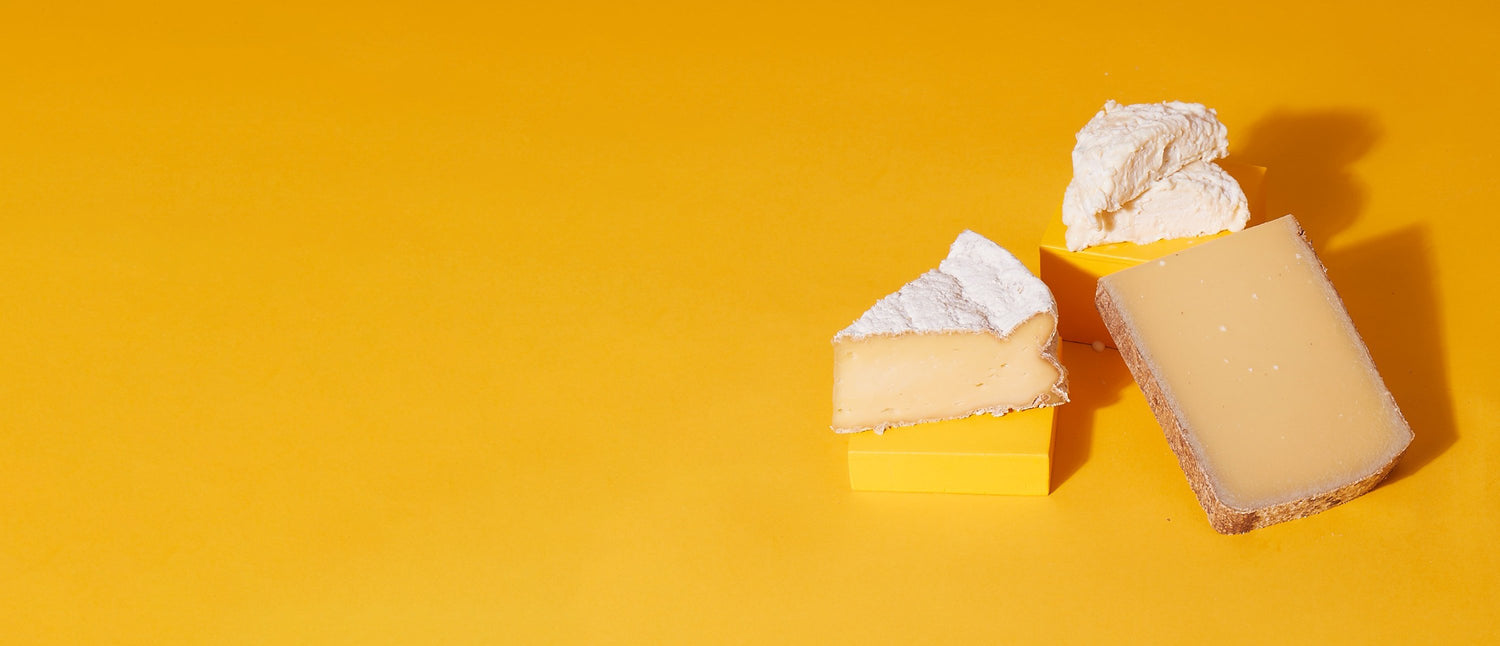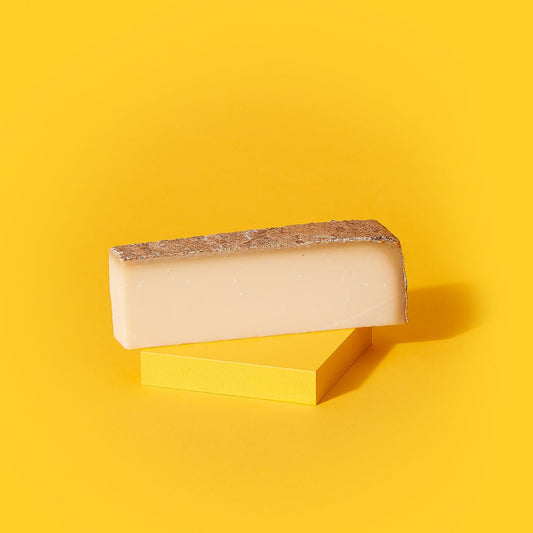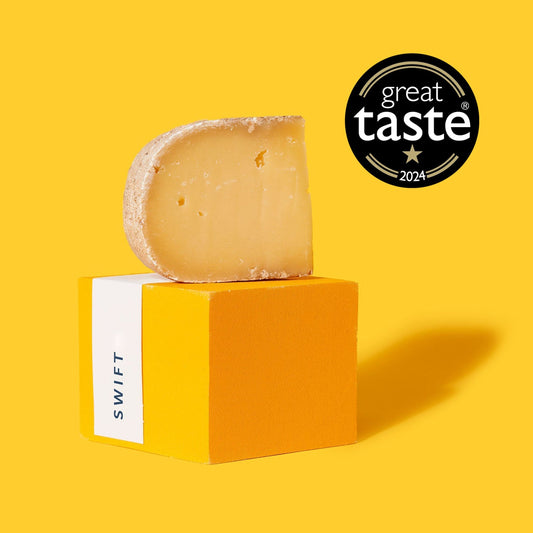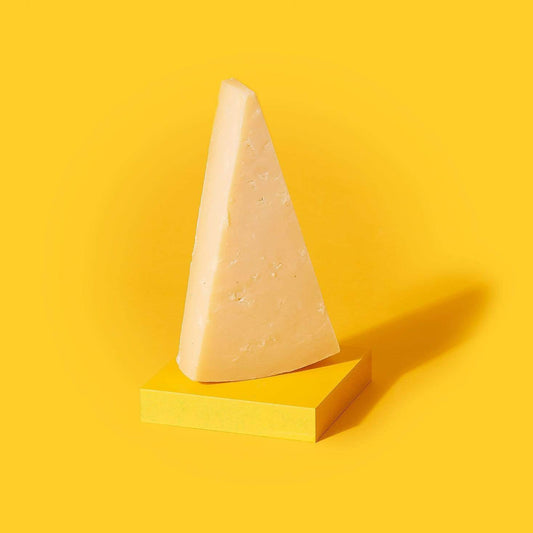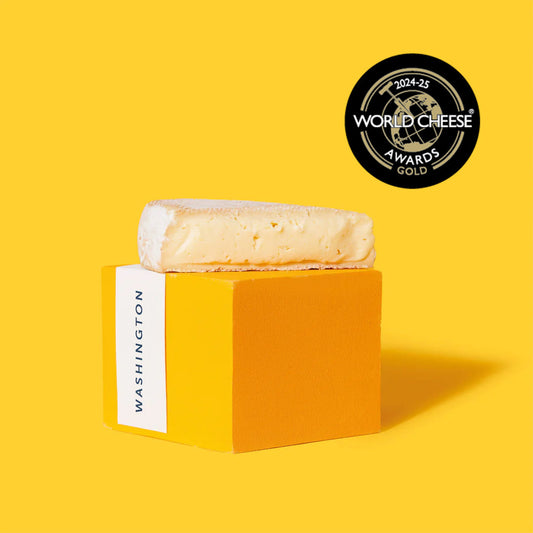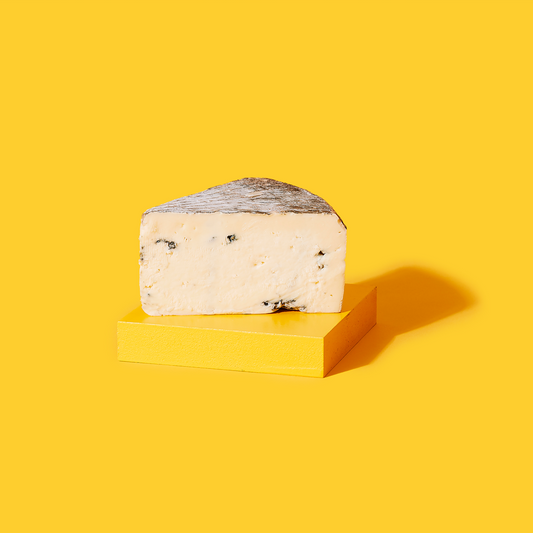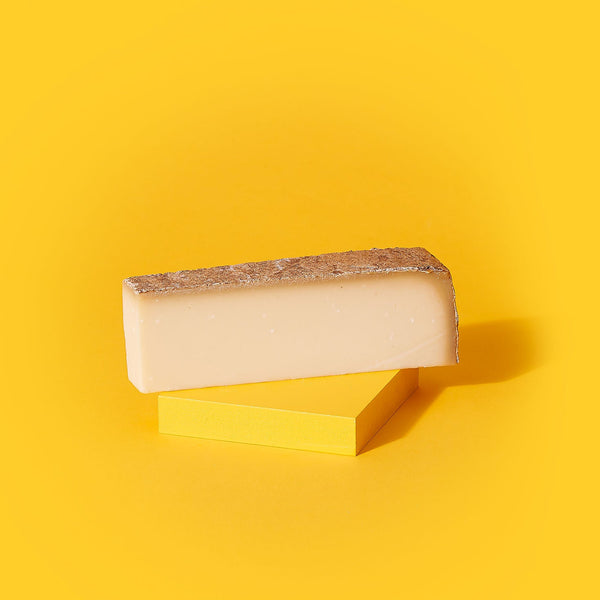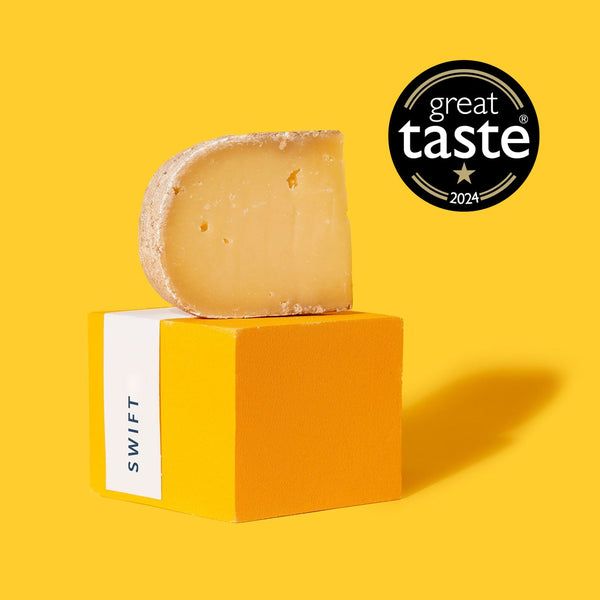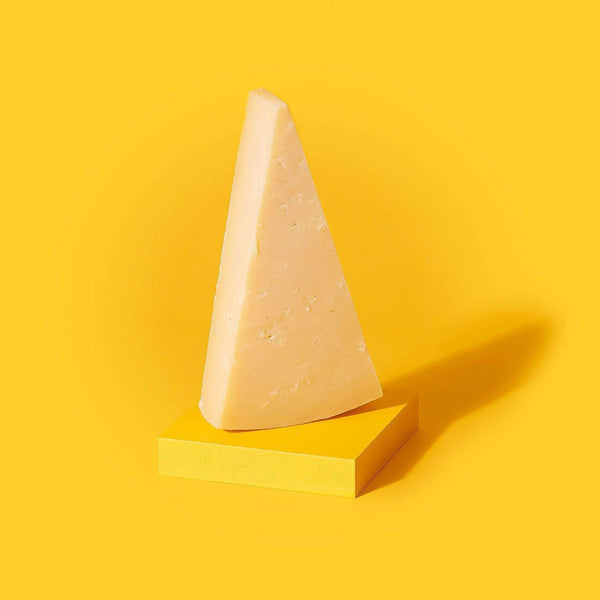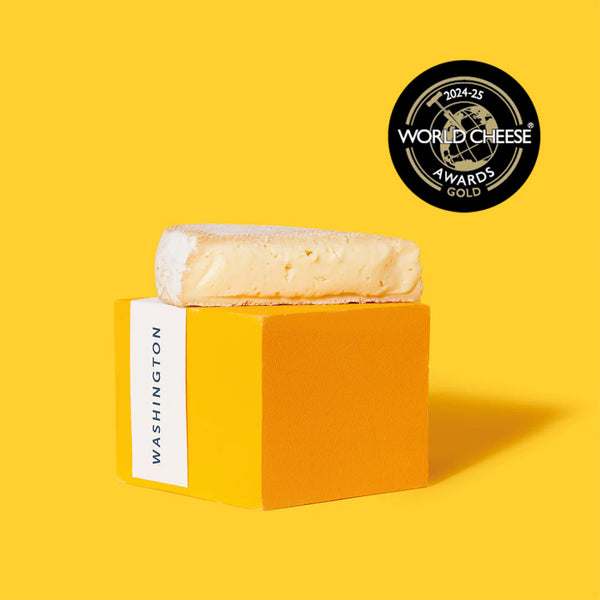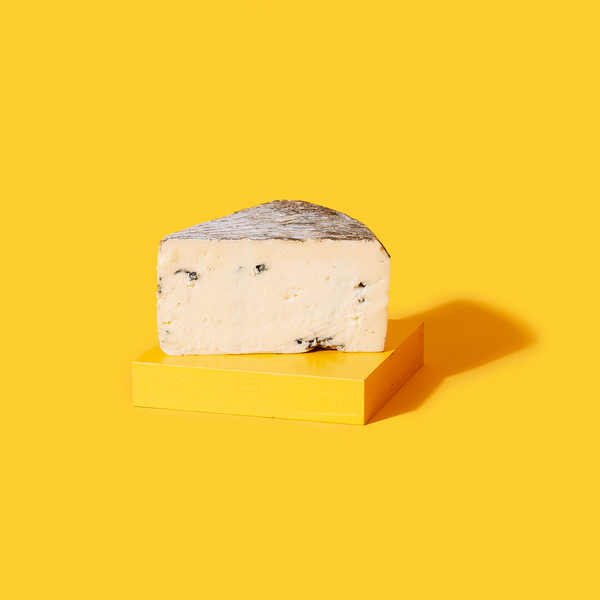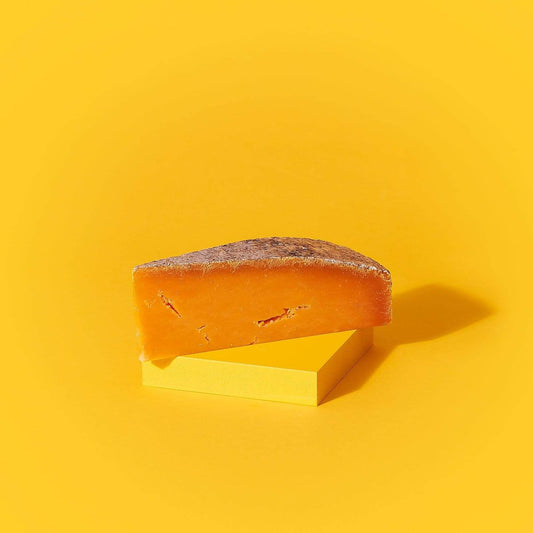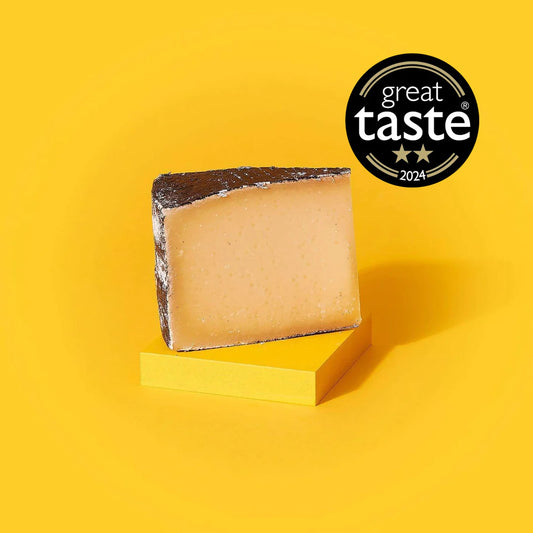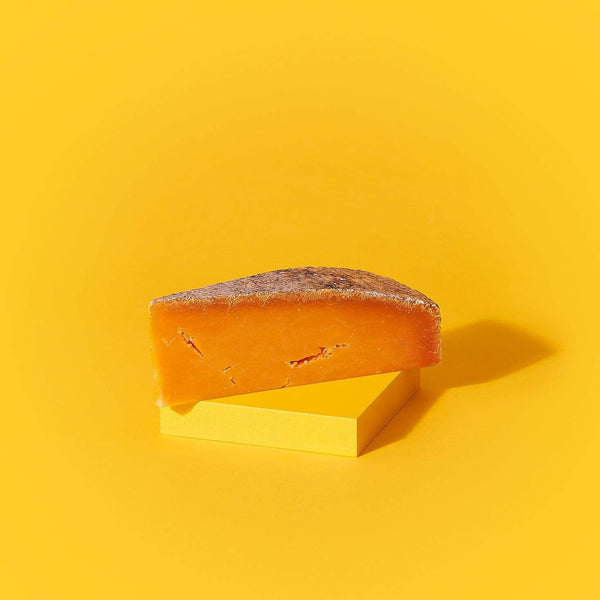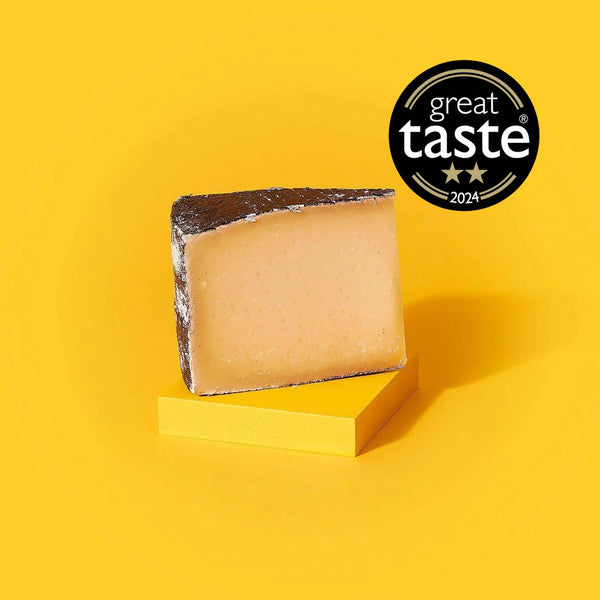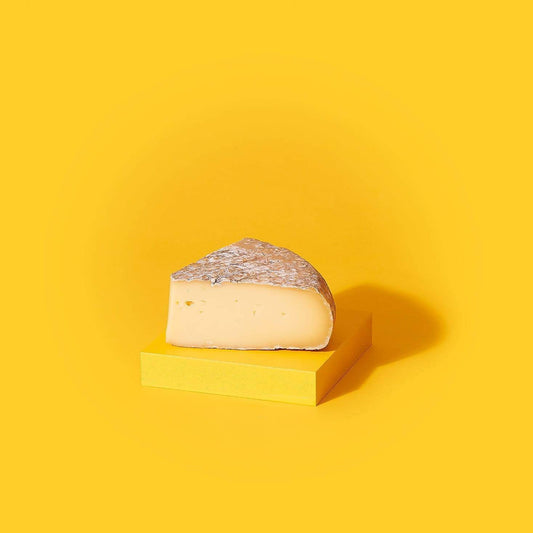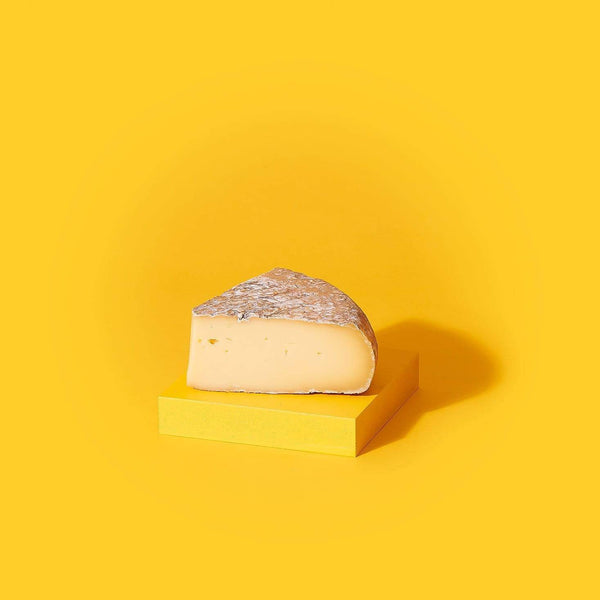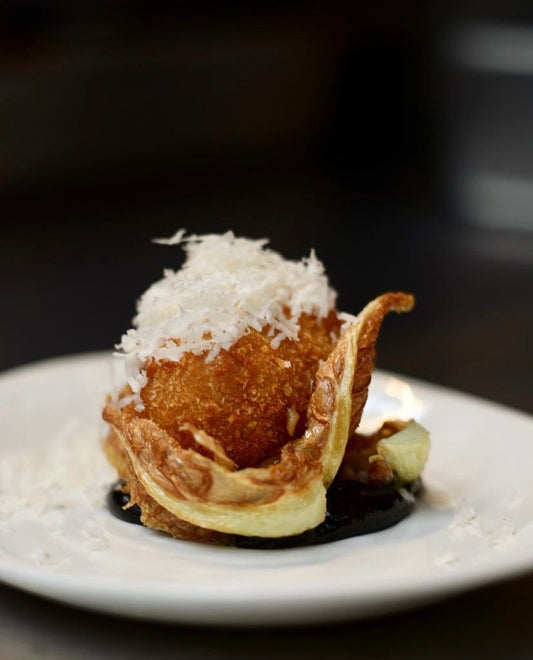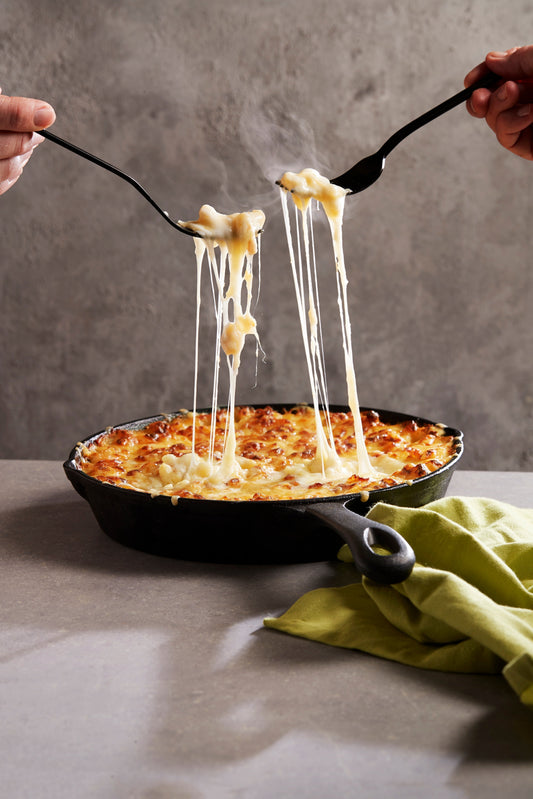Share
Is cheese seasonal?
Most of us are very aware of the seasonality of fruit and vegetables, and even meats such as venison and lamb. However, given global production, the truth is that in many of these products are now available all year round.
Cheese however isn’t always associated with seasonality, and yet it is a product that is arguably more seasonal than any. If you are only eating cheese at Christmas, you are missing out…big time.
The science of seasonality
Take Vacherin Mont D’Or as an example, the famous soft cheese made in Switzerland (or Vacherin Du Haut Doubs if made on the French side of the border) which is made only from winter milk of Montbeliarde cows.
Produced between August 15th and the end of March, the milk is gathered from the cows when they are down from their alpine pastures, feeding on hay. Their milk at this time of the year is higher in fat content, and there is a lower yield making it less suitable for making huge wheels of Comte (this is made from their milk during the summer months).
As a result, the cheese is only available from September through to April (once ripening has taken place). The Ultimate seasonal cheese.
Seasonality…within seasons!
But even within the season it changes dramatically. At the start of the season, the milk has a slightly lower fat content as the cows adjust to their new lifestyle and feed. It is therefore a much lighter, acidic and slightly fruity cheese. It also takes longer to break down and get really oozy.
Later in the season, as you get to Christmas and beyond, the cows have been eating hay for longer which is higher in carbohydrate than grass, and they are moving around a lot less. This leads to far higher fat content, and a cheese that is more complex, funky and richer. It also really starts to ripen faster.
We see something similar with a wonderful cheese called St James, made by Martin Gott in Cumbria. A sheep’s milk cheese, made with raw milk and home-made starter cultures developed from milk of the same herd each season (very very rare) the cheese is only made between January through to the end of Summer. By the time autumn turns to winter, the cheese is gone.
Yet again, within that season, it is also highly variable, with the earlier cheese fresher and lighter, with a citrus snap, and the cheeses later in the season adopting a far more fermented, funky almost shellfish quality, with a clear meatiness similar to bacon frazzles. You would barely associate a spring cheese to an autumn cheese as being the same product.
And in reality they are not the same product.
Use seasonality to your advantage
We taste cheeses every day at cheesegeek, and we have a huge database of seasonal tasting notes. Almost every cheese we produce in the UK has seasonal variation, that impacts everything from flavour through to texture and even colour and appearance.
We categorise every cheese according to when we think it shows best through the year, and in many cases cheeses simply aren’t even available all year round.
But even those that are, like Comte for example, are dominated by their seasonality. A winter milk Comte is white or ivory in colour, and far from vibrant on the palate. It has a slightly dull taste profile. However, a summer milk Comte is a glowing golden colour, and vibrant on the palate, filled with complexity and meadow sweetness. You almost feel transported to the alpine pastures where the cows have been grazing.
Christmas
Many of us might only eat cheese at Christmas, and one mainstay of any Christmas cheeseboard is Stilton. This is a tradition thanks entirely to seasonality. The second growth of grass in September is the most ideal in terms of milk profile for making Stilton. So with milk taken and cheese made in September, Stilton is then traditionally aged for around 12 weeks. Which takes you bang into Christmas.
But please don’t just stick with Stilton at Christmas, because if you do you will genuinely be missing out on the incredibly array of produce being made across the year. And if you are eating a Comte this Christmas, make sure it is 16-20mths old – that will be 2022 summer milk and is far more important than the maturity taken in isolation.
Why seasonality is special
There is nothing more special than enjoying a product that reflects the land, and the time it was harvested. More than a product, you are tasting a moment.
And this is what separates artisan cheese from mass-produced cheese. We could argue until the cows come home (eek) about which cheese tastes better but ultimately that’s subjective. But what is for certain is that a block cheddar has no character or personality and reflects nothing of the land from which it came, or when. Artisan cheese tells you that story, and there is huge romance in that variability. Something we should cherish greatly.

